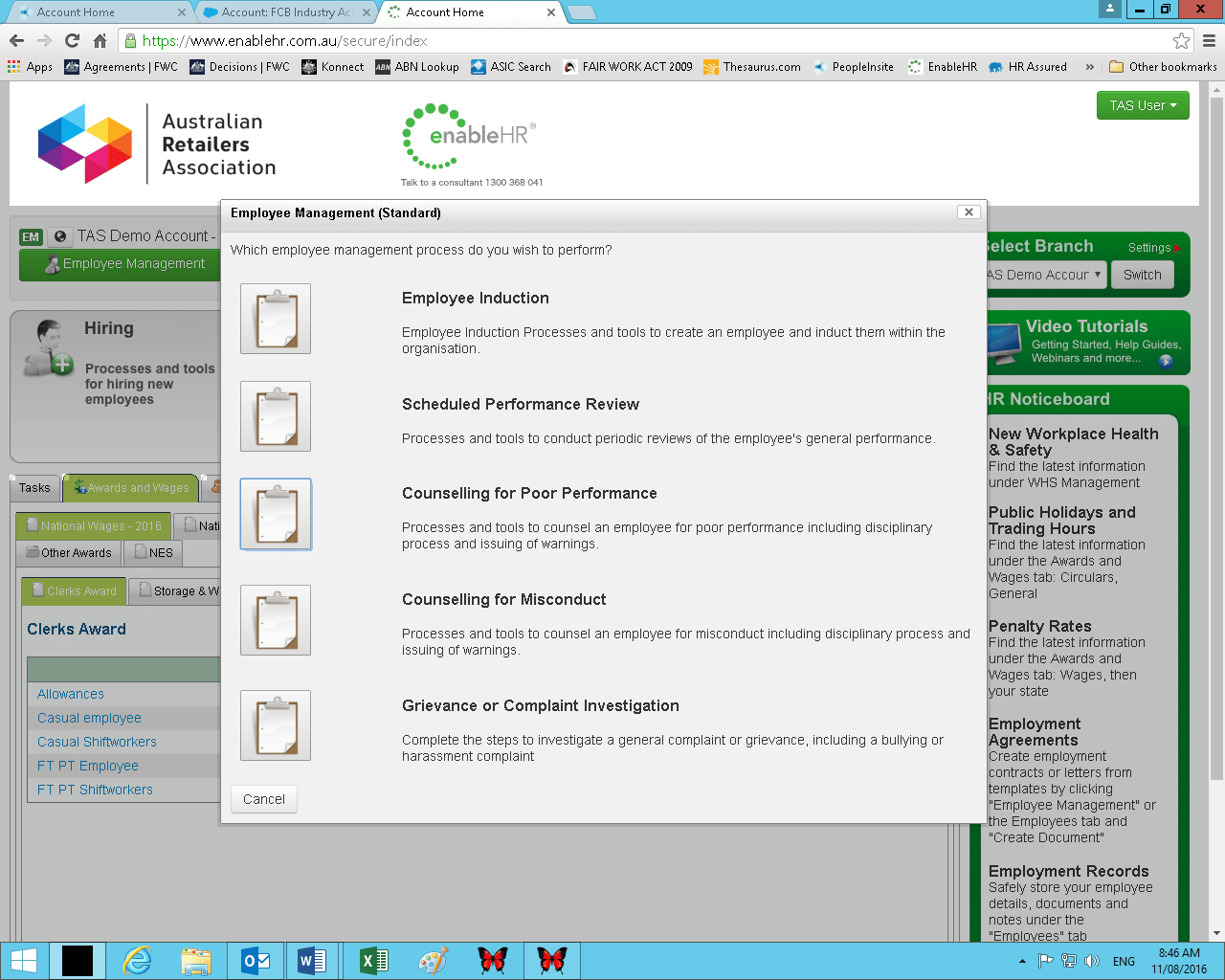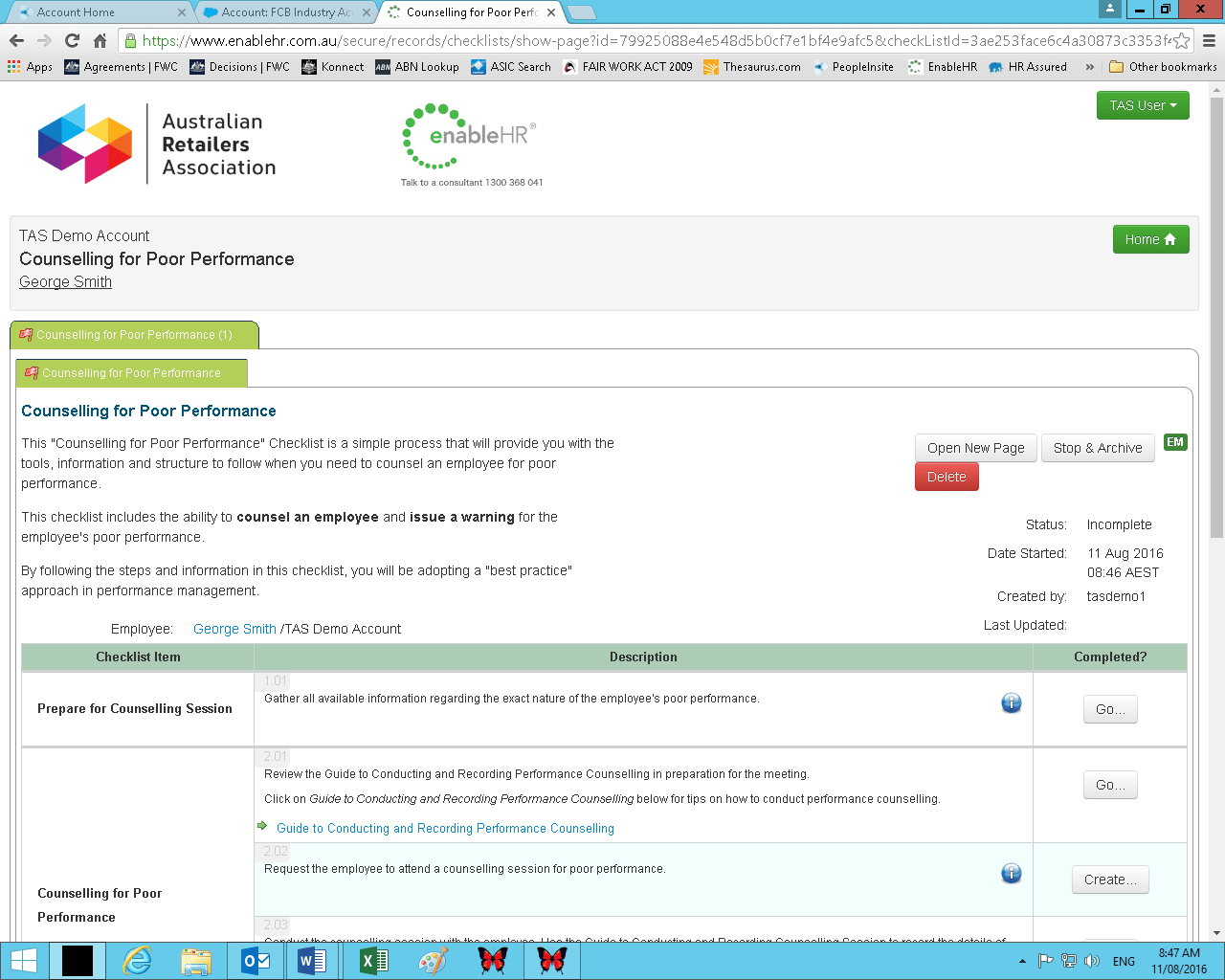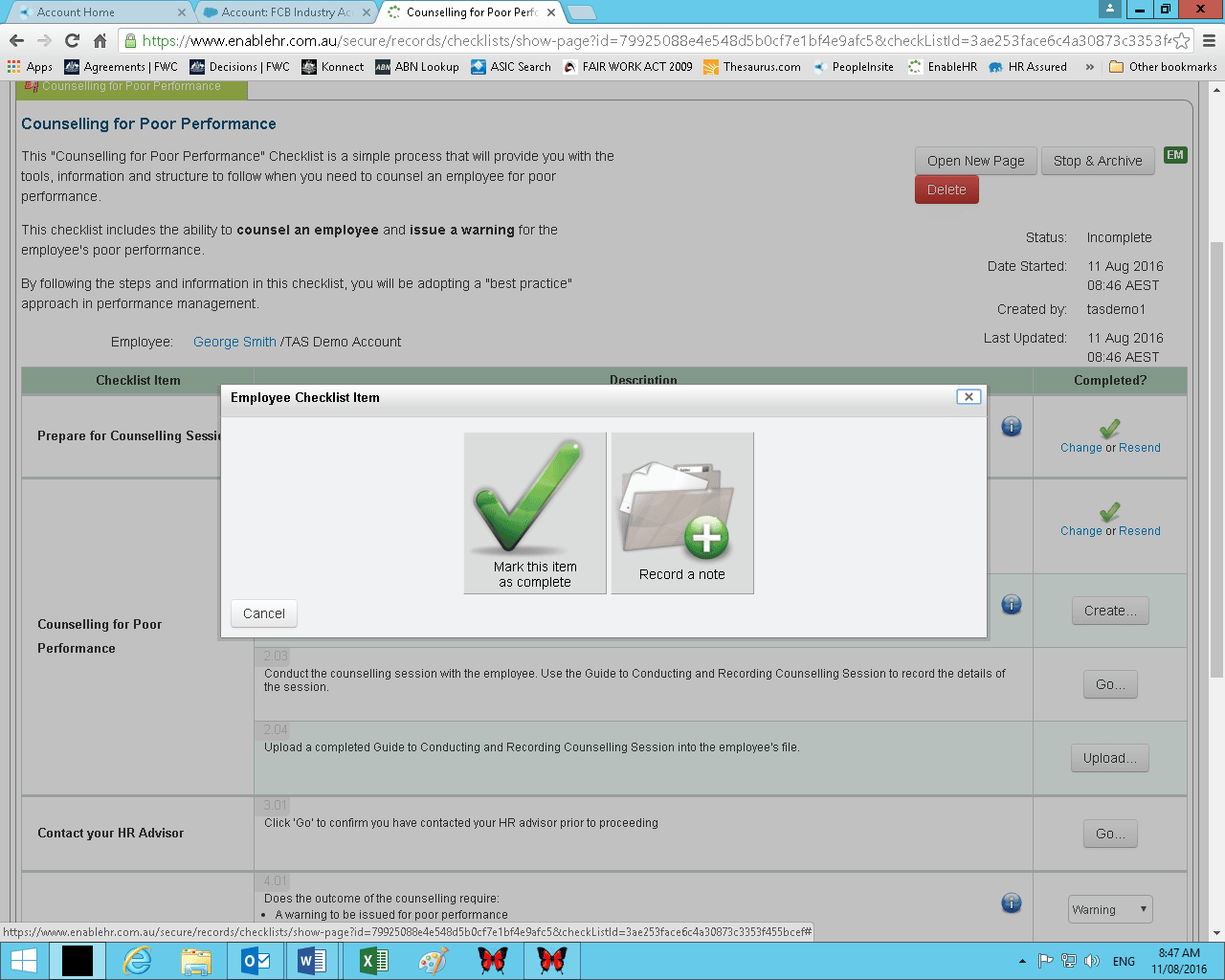Managing the performance of your employees is a necessary evil – it’s never fun, but is often essential to protect your business from the damage an underperforming employee can cause.
If you have an employee who is not meeting his or her established targets, your first step may be to have an informal conversation where you flag your concerns with the individual directly. Hopefully, this is all that is needed to get the employee back on track, but if their performance fails to improve, then you may need to engage in a formal performance management process.
To performance manage or not to performance manage
There are a number of reasons for employers to not undertake performance management – you don’t have the time, you don’t wish to sour the relationship with the employee, or you don’t know how to even start the process.
But there’s just as many, if not more, reasons to performance manage an employee. Sticking your head in the sand will not make the problem go away – every day that you try to ignore the problem is another day where sales targets are not being met, or the business makes a loss, or tasks are not being completed. Think of performance management as a one-on-one support system where you and the employee work together to help him or her to improve, benefitting the employee and the business alike.
Of course, not every employee is receptive to the idea, and some will actively resist your attempts to performance manage them. In these cases, the process serves a different function – to establish an evidentiary framework which can be relied upon if you decide to terminate the employee for consistent underperformance without improvement. For performance to be a valid reason for dismissal, you will need to show that you gave your employee the both the opportunity and the tools with which to improve, to no effect.
ERMS Assistance
As for a lack of experience, the Employment Relations Management System (ERMS) can assist employers who are unfamiliar or uncertain about how to undertake performance management:
- Log onto your ERMS account, accessible from the ARA’s website
- Choose the “Employee Management” option, located in the centre of the ERMS page
- Select “Counselling for Poor Performance” from the list of management options (see below)

- Select the applicable employee (you may have to create one if you do not have them already in the system)
- You will be presented with a checklist for performance management, commencing from the moment you become aware of the poor performance ( see below)

- Useful documents are contained within the checklist to assist you with the process, such as the “Guide to Conducting and Recording Performance Counselling”
- Upon completion of each stage, you can mark the action as completed or make notes to be recorded against the employee’s file (see below)

- Some stages require letters or forms to be created, such as the invitation to the employee to attend the performance review meeting, which can be quickly and easily generated within the checklist itself.
If you have any queries about engaging in performance management or using the ERMS system, please call the ARA Employment Relations Team on 1300 368 041.



















